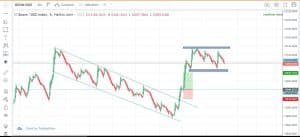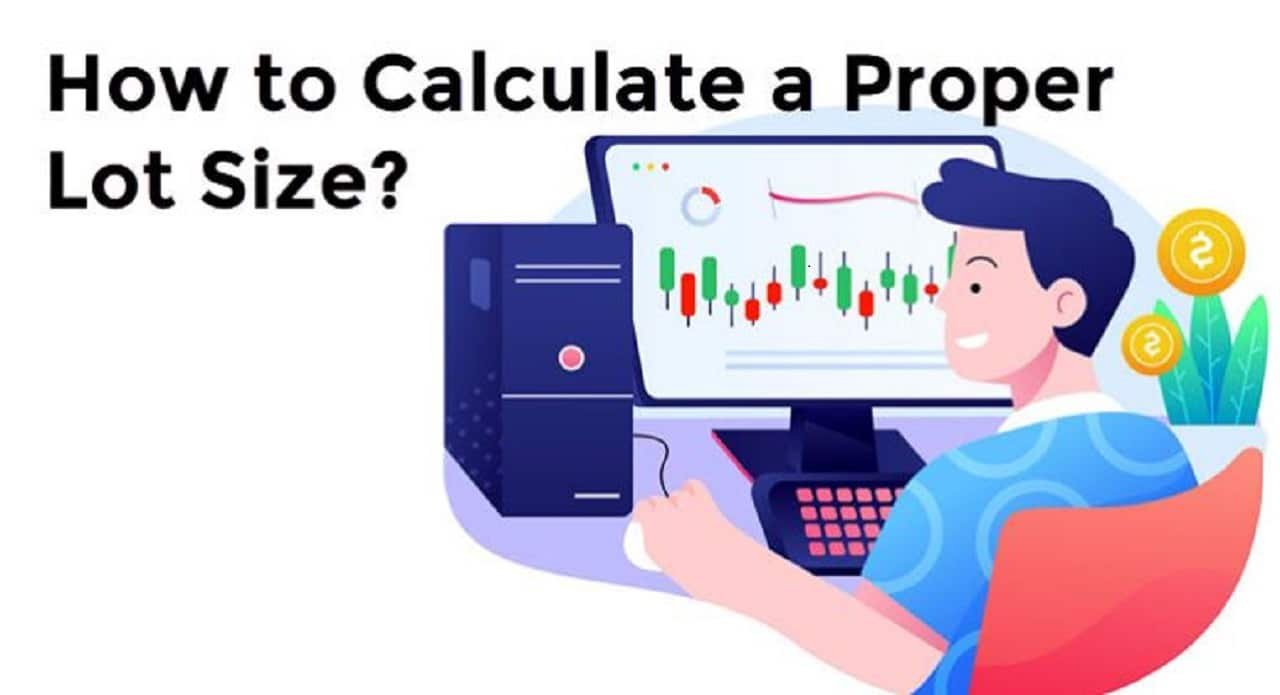To trade volatility indices market with good risk management, you need to understand the concept of lot size. This post will explain what lot size is and how to calculate it for volatility indices, Boom and crash indices and other synthetic indices.
Table of Contents
What is lot size in synthetic Indices trading?
Lots size in trading is the amount of an asset you want to trade in one transaction. It basically tells you the size of the trade you want to make in a synthetic indices market.
For a good risk management system, you must watch your lot size while placing orders. Otherwise, you will risk more than your risk limit.
The synthetic indices market has minimum lot size that you can use to trade, so it is very important that you know how to calculate lot size and be able to adjust your stop loss so that your lot size will be within the acceptable range.
Save yourself stress. Use our lot size calculator to calculate lot for your synthetic indices trading. Click here to get access. It is free
How To Calculate lot size In Synthetic Indices
There are three things that you need to put in place for you to calculate a good lot size for synthetic indices order. You need to set a stop loss, risk limit, and entry price for your Trade.
Once you have put the above data in place, you can calculate your lot size by using the formula below:
Lot Size = (|SL-EP|)/RL
Where SL = Stop loss
EP = Entry price
RL = Risk limit.
|SL-EP| is the modulus of the difference between Stop loss and Entry Price.
Important: If you get a lot size less than the minimum lot size for synthetic indices, you need to adjust your stop loss and recalculate using the formula above.
Note: This Formula work for: Volatility 10, Volatility 25, Volatility 50,Volatility 75, Volatility 100, Volatility 10s, Volatility 25s, Volatility 50s, Volatility 75s, Volatility 100s, Volatility 200s, Volatility 300s, all boom and crash indices and Jump 10 index, Boom 1000, Boom 500, Boom 300, crash 1000, crash 500, crash 300, and all the range break indices.
Save yourself stress. Use our lot size calculator to calculate your lot for your synthetic indices trading. Click here to gain access. It is free
How To Calculate lot size in boom and crash
You can calculate lot sizes for boom and crash indices using the formula below:
Lot Size = (|SL-EP|)/RL
Where SL = Stop loss
EP = Entry price
RL = Risk limit.
|SL-EP| is the modulus of the difference between Stop loss and Entry Price.
How To Calculate lot size in Volatility Indices.
You can calculate lot sizes in volatility indices with same formula we used in boom and crash indices above. Viz
Lot Size = (|SL-EP|)/RL
Where SL = Stop loss
EP = Entry price
RL = Risk limit.
|SL-EP| is the modulus of the difference between Stop loss and Entry Price.
Calculating Lot size in Synthetic Indices(Example)

In the above trade, I risked 100 USD. I set my stop loss at 12018.9941 and entered the market at 12040.6553.
Here is how I calculated the lot size that I used in that trade:
- 100 USD is the risk limit.
- Stop loss = 12018.9941
- Entry point = 12040.6553
This implies that
RL = 100, SL = 12018.9941, and EP = 12040.6553
and the formula is
Lot Size = (|SL-EP|)/RL = (12018.9941 – 12040.6553)/100
Lot Size = 21.66/100 = 0.217.
So, after the calculation, the lots I used in the above trade were 0.217 for me to risk a maximum of $100.
Remember: If you get a lot size less than the minimum lot size, you need to adjust your stop loss and recalculate using the formula above.
Here is the list of minimum lot size for different volatility indices
| Type of Index | Ticker | Minimum Lots Size |
|---|---|---|
| Volatility 75 index | VIX 75 | 0.001 |
| Volatility 25 index (1s) | VIX 25 (1s) | 0.005 |
| Volatility 50 index (1s) | VIX 50 (1s) | 0.005 |
| Volatility 75 index (1s) | VIX 75 (1s) | 0.005 |
| Volatility 200 index (1s) | VIX 200 (1s) | 0.020 |
| Volatility 100 index (1s) | VIX 100 (1s) | 0.100 |
| Volatility 10 index | VIX 10 | 0.300 |
| Volatility 25 index (1s) | VIX 25 | 0.500 |
| Volatility 100 index | VIX 100 | 0.200 |
| Volatility 25 index | VIX 25 | 0.500 |
| Volatility 50 index | VIX 50 | 3.000 |
| Volatility 300 index (1s) | VIX 300 (1s) | 1.000 |
With this, I believe you have learned how to calculate lot size for the volatility index. If you have any questions, you can leave them in the comment section below. I will do my best to attend to them.
